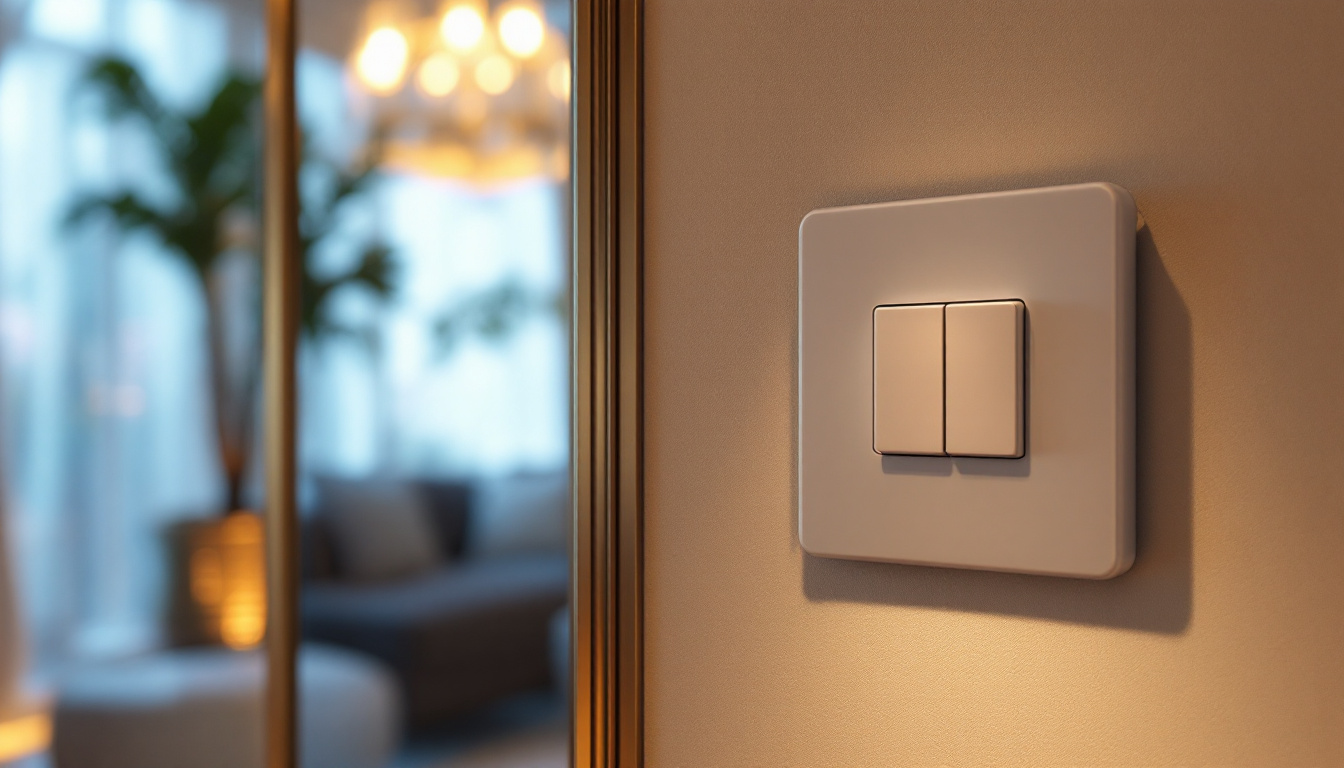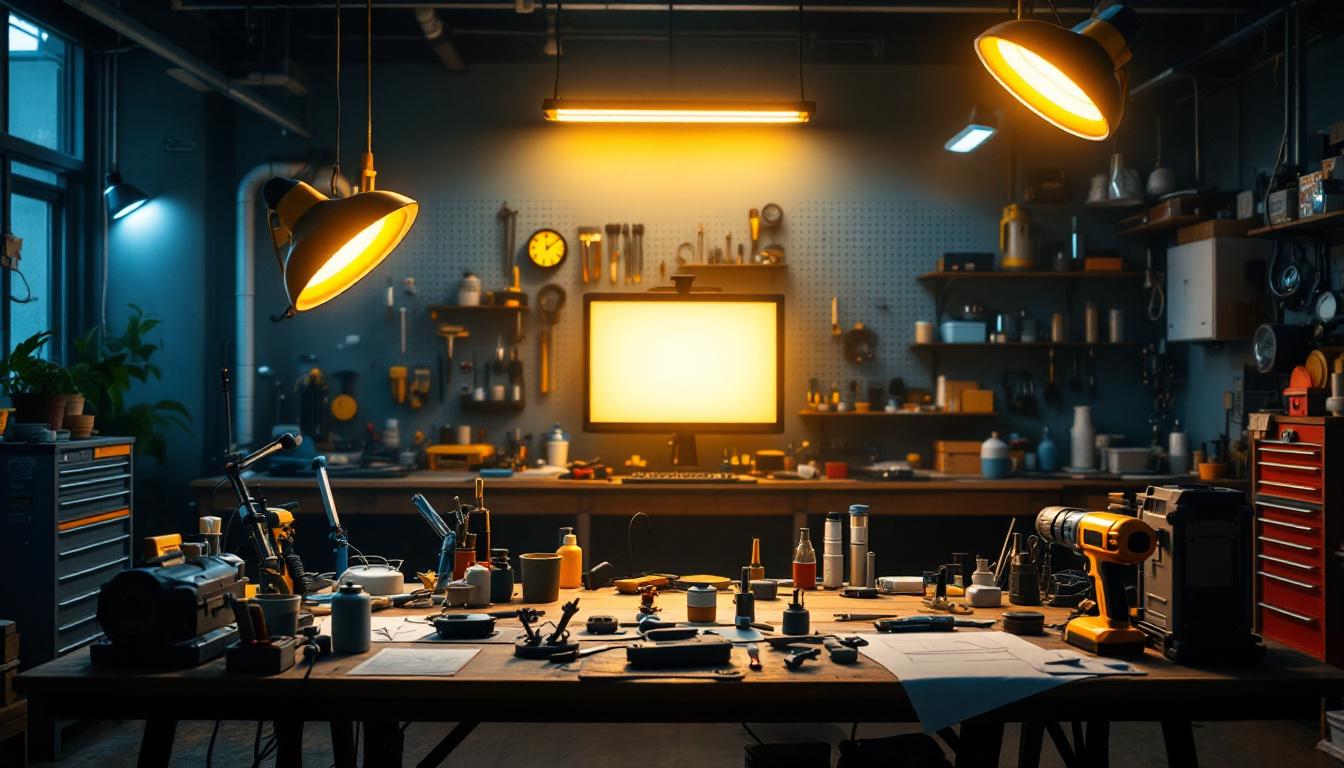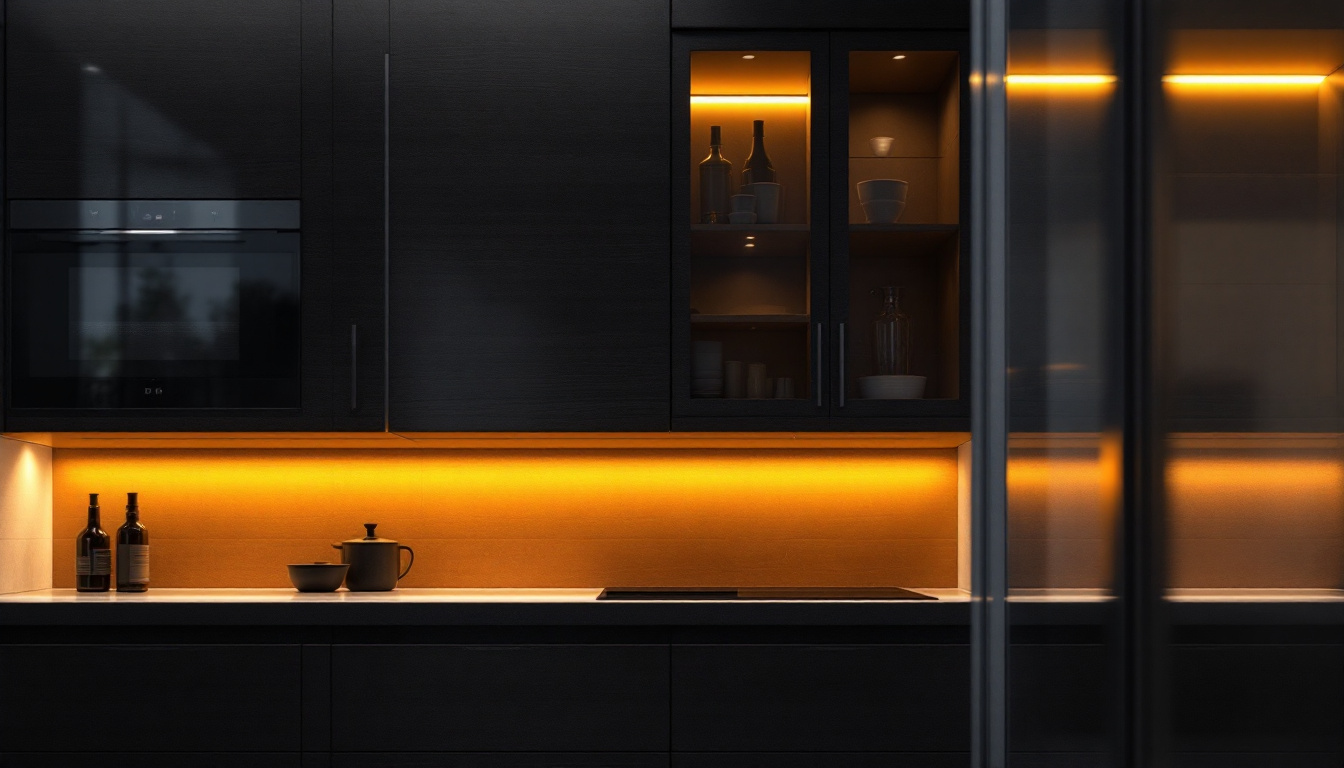
In recent years, the lighting industry has experienced a significant transformation, primarily driven by the adoption of LED light systems. For lighting contractors, understanding the implications of this shift is crucial for staying competitive and delivering high-quality projects. This article delves into how LED technology impacts various aspects of lighting projects, from design considerations to installation processes and long-term maintenance.
LED (Light Emitting Diode) technology has become a staple in modern lighting solutions due to its energy efficiency, longevity, and versatility. Unlike traditional incandescent or fluorescent lights, LEDs consume significantly less energy and have a much longer lifespan, making them an attractive option for both residential and commercial applications.
One of the most compelling advantages of LED lighting is its energy efficiency. LEDs convert a higher percentage of electricity into light, resulting in lower energy bills for clients. This efficiency not only benefits end-users but also aligns with global sustainability goals, making LED installations an appealing choice for environmentally conscious consumers.
For lighting contractors, promoting energy-efficient solutions can enhance their reputation and attract a broader client base. As more clients seek to reduce their carbon footprint, contractors who specialize in LED technology will find themselves in a favorable position. Additionally, many governments and utility companies offer incentives and rebates for LED installations, further encouraging clients to make the switch. This financial support can significantly offset initial investment costs, making LED technology even more accessible to a wider audience.
LEDs have an impressive lifespan, often lasting up to 25,000 to 50,000 hours compared to traditional bulbs, which may last only 1,000 hours. This longevity reduces the frequency of replacements, leading to lower maintenance costs for clients. For contractors, this means fewer callbacks and a more streamlined project workflow.
Moreover, LEDs are more durable than traditional lighting options. They are less prone to breakage and can withstand harsher conditions, making them suitable for various environments, from outdoor installations to industrial settings. This durability can be a selling point for contractors when discussing project specifications with clients. In addition, LEDs operate at cooler temperatures, reducing the risk of heat-related damage and fire hazards, which is particularly important in settings where safety is paramount. The ability to use LEDs in a variety of applications—from street lighting to intricate architectural designs—further showcases their adaptability and broad appeal in the lighting market.
When integrating LED systems into lighting projects, contractors must consider several design factors. The unique characteristics of LED technology can influence everything from fixture selection to lighting layout.
LEDs are available in a wide range of color temperatures, allowing contractors to tailor lighting to specific applications. Whether a warm, inviting glow is desired for residential spaces or a cooler, more clinical light is needed for commercial environments, LEDs can meet diverse aesthetic requirements.
Furthermore, the quality of light produced by LEDs has improved significantly, with advancements in color rendering index (CRI) values. High CRI LEDs provide more accurate color representation, which is essential in settings such as art galleries or retail environments where color fidelity is paramount.
In addition to CRI, the concept of luminous efficacy is crucial in the selection of LED products. Luminous efficacy measures how well a light source produces visible light, often expressed in lumens per watt. Higher efficacy not only translates to better energy efficiency but also impacts the overall cost-effectiveness of a lighting project. As such, contractors should prioritize LEDs with high luminous efficacy ratings to maximize both performance and sustainability.
LED technology often integrates seamlessly with advanced lighting control systems. These systems allow for greater flexibility in managing light levels, color changes, and even automated schedules. For contractors, understanding how to implement and program these systems can set them apart from competitors.
Additionally, smart lighting solutions can enhance user experience and energy savings. Clients are increasingly interested in automation and remote control capabilities, making it vital for contractors to stay informed about the latest technologies and trends in lighting controls.
Moreover, the integration of sensors and IoT (Internet of Things) technology into lighting control systems can further optimize energy usage and enhance functionality. For instance, occupancy sensors can automatically adjust lighting based on the presence of individuals in a space, while daylight harvesting systems can modulate artificial light in response to natural light levels. These innovations not only contribute to energy efficiency but also create a more adaptable and user-friendly environment, aligning with modern design philosophies aimed at sustainability and comfort.
While LED systems offer numerous benefits, they also present unique challenges during installation. Contractors must be prepared to navigate these hurdles to ensure successful project outcomes.
Many projects involve retrofitting existing lighting systems with LED technology. This process can be complicated, as contractors must ensure compatibility with existing fixtures, wiring, and control systems. Conducting thorough assessments before installation is essential to identify potential issues and avoid costly delays.
In some cases, additional components such as drivers or transformers may be required to facilitate the transition to LED. Understanding these requirements is crucial for contractors to provide accurate estimates and timelines for their clients.
Although LEDs generate less heat than traditional bulbs, they still require proper heat management to maintain performance and longevity. Overheating can lead to reduced efficiency and a shorter lifespan. Contractors must consider the thermal characteristics of the installation environment and ensure adequate ventilation or heat sinks where necessary.
Implementing effective heat management strategies not only enhances the performance of LED systems but also builds trust with clients, showcasing a contractor’s expertise and attention to detail.
While the initial investment in LED technology may be higher than traditional lighting options, the long-term savings and benefits often outweigh these costs. Contractors must effectively communicate this value proposition to clients to facilitate informed decision-making.
Clients may be hesitant to invest in LED systems due to the upfront costs. However, contractors can illustrate how energy savings, reduced maintenance, and longer lifespans contribute to lower total cost of ownership over time. Providing case studies or examples of previous projects can help reinforce this message.
Additionally, many regions offer incentives or rebates for energy-efficient upgrades, which can further offset initial costs. Contractors should stay informed about available programs and be prepared to assist clients in navigating these opportunities.
Calculating the return on investment for LED installations is critical for both contractors and clients. Factors such as energy savings, reduced maintenance costs, and potential increases in property value should be considered. By presenting a clear ROI analysis, contractors can help clients see the long-term benefits of their investment.
Moreover, understanding the financial implications of LED technology can position contractors as trusted advisors, further solidifying client relationships.
One of the significant advantages of LED systems is their low maintenance requirements. However, contractors should still be prepared to offer ongoing support and maintenance services to ensure optimal performance.
Regular inspections can help identify potential issues before they escalate into costly repairs. Contractors can establish maintenance contracts with clients, providing peace of mind and ensuring that lighting systems remain in peak condition.
During inspections, contractors can also assess whether the lighting system continues to meet the client’s needs, making adjustments or upgrades as necessary. This proactive approach can enhance client satisfaction and foster long-term relationships.
The lighting industry is continually evolving, with new technologies and techniques emerging regularly. Contractors must stay informed about the latest advancements in LED technology to provide the best solutions for their clients.
Participating in industry conferences, workshops, and training sessions can help contractors stay ahead of the curve. Additionally, engaging with manufacturers and suppliers can provide valuable insights into upcoming trends and innovations.
As technology continues to advance, the future of LED lighting looks promising. Emerging trends such as human-centric lighting, tunable white LEDs, and integration with IoT (Internet of Things) are set to reshape the lighting landscape.
Human-centric lighting focuses on creating environments that enhance well-being and productivity. By adjusting light levels and color temperatures to mimic natural daylight, contractors can help clients create spaces that promote health and comfort.
This approach is particularly relevant in commercial settings, where employee well-being can directly impact productivity. Understanding the principles of human-centric lighting can provide contractors with a competitive advantage in the market.
The integration of LED lighting with smart technologies is another trend that lighting contractors should embrace. Smart lighting systems offer enhanced control, energy management, and automation, making them increasingly popular among clients.
Contractors who can design and implement smart lighting solutions will be well-positioned to meet the demands of modern consumers. As the market for smart home and commercial technologies continues to grow, staying informed about these developments will be crucial for success.
LED light systems have revolutionized the lighting industry, offering numerous benefits for contractors and clients alike. From energy efficiency and longevity to design flexibility and reduced maintenance, the advantages of LED technology are clear.
For lighting contractors, understanding the intricacies of LED systems is essential for delivering successful projects. By staying informed about design considerations, installation challenges, cost implications, and emerging trends, contractors can position themselves as leaders in the industry.
As the demand for energy-efficient and innovative lighting solutions continues to grow, embracing LED technology will not only enhance project outcomes but also contribute to a more sustainable future. By adapting to these changes, lighting contractors can ensure their relevance and success in an ever-evolving marketplace.
Ready to elevate your lighting projects with the efficiency and innovation of LED systems? At LumenWholesale, we’re committed to providing you with the highest quality, spec-grade lighting products at prices that can’t be beaten. Say goodbye to the middleman and hello to superior lighting solutions that fit your budget. With our extensive selection, free shipping on bulk orders, and a dedication to quality and convenience, we ensure that you have access to the best value in wholesale lighting. Take the next step in transforming your lighting projects and explore our collection at LumenWholesale today.

Explore the pros and cons of dimmable 2-way switches versus their alternatives in this insightful guide tailored for lighting contractors.

Discover why top-rated LED shop lights are the essential component missing from your lighting projects.

Discover why LED tape cabinet lighting is becoming a must-have for lighting contractors.

Discover the ultimate toolkit for lighting contractors with “Resseced: Lighting Contractors’ Top Resources for Mastering.” Explore expert insights, innovative tools, and industry secrets to elevate your lighting projects to new heights.